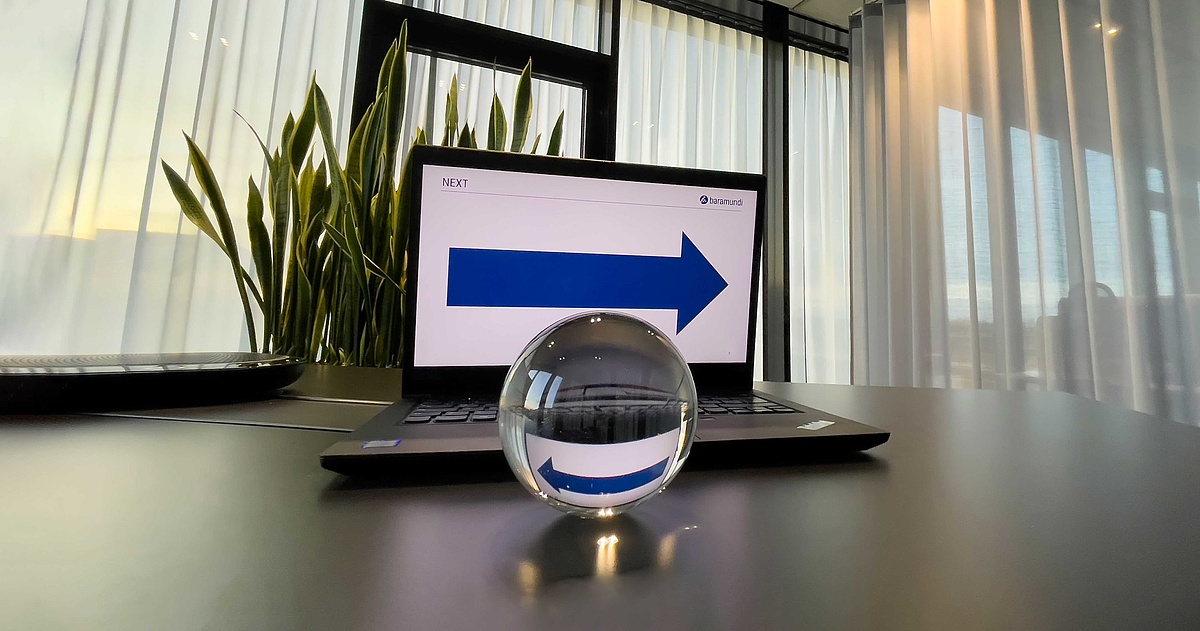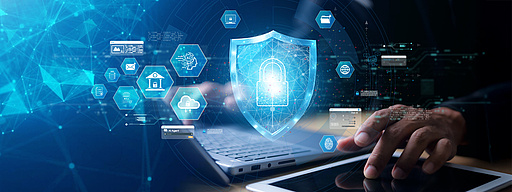
Great IT management is all about your point of view
The day-to-day business of managing IT infrastructure and the tech world generally are driven by two competing impulses. The first is stability and reliability. The second is continuous change and innovation to find better ways of doing things. Balancing the two is a challenge. But doing so can be personally refreshing and professionally rewarding.
In short
- Questioning your thinking drives IT innovation.
- Device vs. end user experience management: focus on outcomes, not just output.
- On prem vs. remote: manage endpoints securely and consistently no matter where they (or you) are.
- Admin vs. end user needs: successful endpoint management always considers user experiences.
People are creatures of habit. Developing and following daily routines provides structure even as everything seems to keep changing faster and faster. That’s especially
true when it comes to running and maintaining IT infrastructure.
But we don’t want to keep doing the same things day after day and need to remain alert for new or evolving circumstances. That’s why we should regularly adjust our thinking and
perspectives, stay mentally flexible and be aware of how changes affect our companies, customers, end users and ourselves.
That can be challenging when sysadmins are trying to keep up with current priorities. But doing so creates openings for personal and professional growth and innovation. New
insights often emerge when we simply broaden our horizons.
We take that approach as we develop new capabilities for the baramundi Management Suite. In fact, it’s built into our product development processes and twice-annual schedule of new
releases. But it’s not change for its own sake. Rather, we create new features and innovate based on real-world feedback from the IT admins using our solutions as well as our own
observations of market and technology developments.
Here are a few recent examples how we apply that approach:
Device vs. end user experience management
Endpoint administration has always focused on devices such as PCs, smartphones, tablets, and servers. It’s a perspective embedded in terms like "Client Lifecycle
Management" (CLM), "Mobile Device Management" (MDM) and "Unified Endpoint Management" (UEM).
A perspective shift comes from asking a couple of very basic questions: Exactly what are IT admins managing, and why? Simply put, they’re not merely managing devices so users can do various
daily tasks. They’re really helping users complete essential processes efficiently and achieve business goals. The goals may be as basic as completing a report to meet a
deadline, or as important as meeting revenue targets tied to everyone’s annual bonus or the company’s stock price.
Therefore, it’s important to include user perspectives and experiences in our understanding of endpoint management. For example: Do users have the right software on their
devices, does it run reliably without crashing? When you zero in on issues like that you can see where device-centric endpoint management meets or deviates from end user needs and take
appropriate action. It’s the difference between thinking about what you do and why you do it. In other words, focus on IT outcomes, not just IT output.
On-prem vs. remote
When IT admins were focused on CLM, most network endpoints were at one company location, safely protected behind firewalls and living on the company
intranet. Notebooks, smartphones and other mobile endpoints required different kinds of protection but tended to be the exceptions to regular management processes. Then
came the pandemic.
The sudden and dramatic change upended traditional IT processes and practices, and most endpoint devices today live on the Internet. But that opened up new ways of thinking
about managing devices remotely just as well and consistently as when they – and IT staff -- were on-premise. It meant incorporating secure network connections to ensure that IT admins can
reach devices without interrupting users or requiring their intervention.
IT vs. end user needs and expectations
From an IT admin’s perspective it’s important to configure and maintain endpoints to ensure compatibility and security. Appropriate KPIs and reports can show how well you
are achieving this goal. Once all administration jobs are done, the indicators on the management console go green and admins are happy.
Do end users always share in your satisfaction? Probably, if only because it didn’t change or interrupt their daily work. Unfortunately, sometimes a recently rolled out
update turns out to be buggy or incompatible with existing software and systems. Programs hang or crash, end-users see red, their stress level rises because they can't do
their jobs, and IT gets an earful from users and their bosses. Not a good day.
With a shift in thinking, IT admins can proactively incorporate user experiences when planning new patch or software deployments and avoid what you might call a “watermelon
rollout,” i.e., green on the outside, red on the inside. That can include getting feedback from select groups of test users and staging deployments based on a current and detailed endpoint
inventory. The 5 Ps apply: proper planning prevents poor performance.
Expanding our horizons
For over 20 years, baramundi has worked with IT admins through many changes and knows all of the scenarios we mentioned – and many more -- in detail. That is why we continuously consider new perspectives as we develop the bMS while keeping and refining proven methods. We innovate by expanding our horizons alongside our customers and by challenging our thinking.


